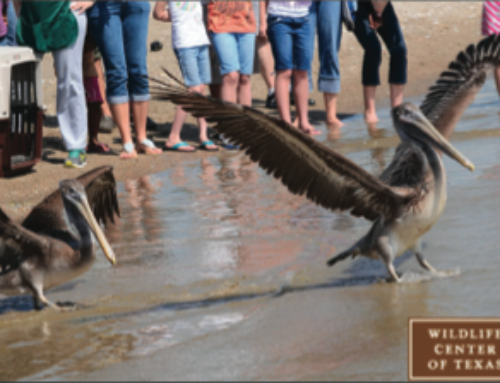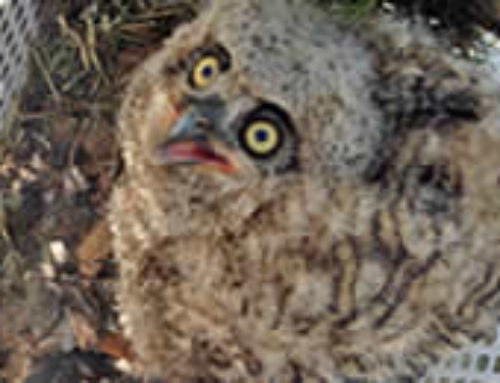 We all have favorite foods, but is there one food that you’d love to eat 80% to 90% of the time for the rest of your life? The American Woodcock (Philohela minor) does….earthworms! A specialized adaptation of the beak allows the Woodcock to be the consummate earthworm hunter. The tip of the beak looks like an average pointed shorebird, but it’s not. The tip is flexible and sensitive. The upper manidble is flexible enough to grasp an earthworm without opening the beak. The Woodcock probes damp leaf litter to find the coveted earthworms.
We all have favorite foods, but is there one food that you’d love to eat 80% to 90% of the time for the rest of your life? The American Woodcock (Philohela minor) does….earthworms! A specialized adaptation of the beak allows the Woodcock to be the consummate earthworm hunter. The tip of the beak looks like an average pointed shorebird, but it’s not. The tip is flexible and sensitive. The upper manidble is flexible enough to grasp an earthworm without opening the beak. The Woodcock probes damp leaf litter to find the coveted earthworms.
Bird guides can’t seem to agree on the description of the Woodcock. Some consider it a shore bird, well, it looks like a shore bird – sort of. But it doesn’t live at the beach. Others consider it an upland game bird – but it doesn’t look like other gamebirds. The best compromise I found was “a shore bird that lives in the forest”. One of the more colorful nicknames is “Timberdoodle”.
The Wildlife Center receives several of these each fall as they migrate from most of the eastern United States to Gulf Coast states. This bird is a voracious feeder with its favorite being, of course earthworms. The upper Gulf coast is right on the edge of the Woodcock’s year round territory and its wintering grounds in southern Texas. Unlike most birds, the Woodcock migrates in small groups at night! It is believed that they orient on the coastline or major rivers and then follow it to their preferred wintering ground.
 Most American birds form seasonal or lifelong monogamous pairs and the males either help with incubation or hunt for the female while she sits on the eggs. Not the Timberdoodle. Males select a singing ground where they perform elaborate aerobatics and call loudly. Activity peaks at dawn and dusk and sometimes during a clear night during full moons. Males launch themselves 100 to 150 yards into the air and on the dive, the primary feathers create a distinctive twittering. Females will visit several singing grounds and possibly mate with more than one male. The female prepares a shallow bowl of leaf litter in a brushy area or in a young forest. The hatchlings are precocial and leave the nest several hours after hatching. Unlike other precocial birds, they aren’t able to feed themselves the first couple of days to a week. Meanwhile, the males are still performing on their singing grounds. Hope springs eternal.
Most American birds form seasonal or lifelong monogamous pairs and the males either help with incubation or hunt for the female while she sits on the eggs. Not the Timberdoodle. Males select a singing ground where they perform elaborate aerobatics and call loudly. Activity peaks at dawn and dusk and sometimes during a clear night during full moons. Males launch themselves 100 to 150 yards into the air and on the dive, the primary feathers create a distinctive twittering. Females will visit several singing grounds and possibly mate with more than one male. The female prepares a shallow bowl of leaf litter in a brushy area or in a young forest. The hatchlings are precocial and leave the nest several hours after hatching. Unlike other precocial birds, they aren’t able to feed themselves the first couple of days to a week. Meanwhile, the males are still performing on their singing grounds. Hope springs eternal.






Leave A Comment